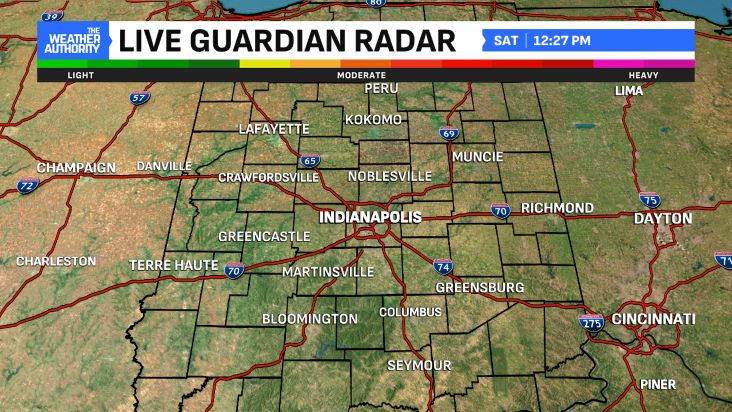

For the most part the humidity is around 80%. In the month of January on average Indianapolis gets 71.21mm of rain and approximately 6 rainy days in the month. Indianapolis weather in Januaryĭaytime temperature stays around 0°c and at night it goes to -6°c. If you would just like to know what the weather was for a past dates for research or education or you are just curious then visit our historical weather of Indianapolis section. Travelling to Indianapolis? Check out our Weather averages of Indianapolis to better plan your holiday or travel. May and June receive most rainfall with precipitation count of 154.29mm. Which months receive most rainfall in Indianapolis? January and February are the coldest months with temperature at around -6°c. In these month temperature is at around 22°c and average of 292.4286 hours of sunshine in a month. May and September are the best month to go for holiday or travel to Indianapolis. The windiest of all days will be Sunday 2 nd October as wind will reach 13mph or 22kmph at around 5 pm. So make most of it while you are on vacation in Indianapolis, United States of America. Looking at the world weather radar, national weather service and satellite images, Indianapolis, United States of America weather forecaster is reporting little or no rainfall over the week. In the same week the minimum temperature will be 5℃ or 41℉ on Thursday 29 th September at around 8 am. Looking at the weather in Indianapolis, United States of America over the week, the maximum temperature will be 27℃ (or 80℉) on Saturday 1 st October at around 4 pm. Since hail can cause the rainfall estimates to be higher than what is actually occurring, steps are taken to prevent these high dBZ values from being converted to rainfall.What is the weather in Indianapolis, United States of America for today, tomorrow and beyond?

Hail is a good reflector of energy and will return very high dBZ values.

These values are estimates of the rainfall per hour, updated each volume scan, with rainfall accumulated over time. Depending on the type of weather occurring and the area of the U.S., forecasters use a set of rainrates which are associated to the dBZ values. The higher the dBZ, the stronger the rainrate. Typically, light rain is occurring when the dBZ value reaches 20. The scale of dBZ values is also related to the intensity of rainfall. The value of the dBZ depends upon the mode the radar is in at the time the image was created. Notice the color on each scale remains the same in both operational modes, only the values change. The other scale (near left) represents dBZ values when the radar is in precipitation mode (dBZ values from 5 to 75). One scale (far left) represents dBZ values when the radar is in clear air mode (dBZ values from -28 to +28). Each reflectivity image you see includes one of two color scales. The dBZ values increase as the strength of the signal returned to the radar increases. So, a more convenient number for calculations and comparison, a decibel (or logarithmic) scale (dBZ), is used. Reflectivity (designated by the letter Z) covers a wide range of signals (from very weak to very strong). "Reflectivity" is the amount of transmitted power returned to the radar receiver. The colors are the different echo intensities (reflectivity) measured in dBZ (decibels of Z) during each elevation scan.


 0 kommentar(er)
0 kommentar(er)
